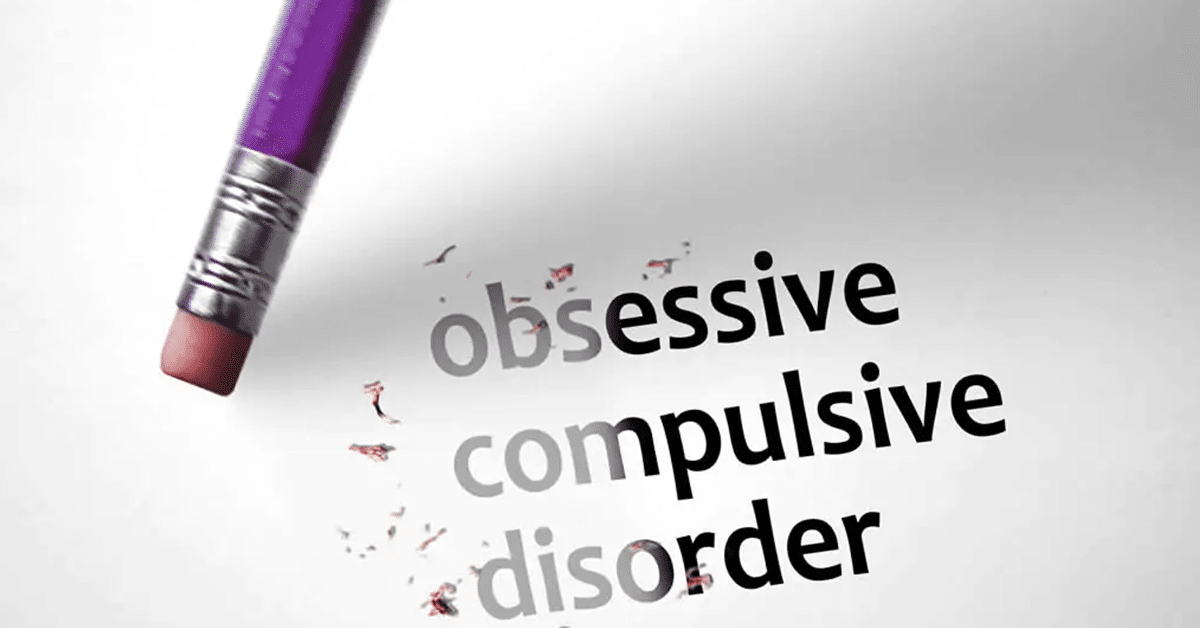With COVID-19 pandemic in the rearview for many, its effects are still very noteworthy in the field of mental health care. One of the largest effects the pandemic had on mental health was the observable outcomes we now see on our patients’ social isolation and loneliness.
Google searching for the term “social isolation” reached an all time high in March 2020 and has been trending higher than baseline since that time. In May 2023, U.S. Surgeon General Dr. Vivek Murthy released an advisory, on “Our Epidemic of Loneliness”, warning that loneliness is posing a “profound threat to [the] health and wellbeing” of Americans. In that report, the U.S. Department of Health and Human Services summarizes a literature review in which results are clear: social isolation and loneliness are associated with a greater risk of cardiovascular disease, dementia, stroke, depression, anxiety, and premature death.
With the risks of social isolation and loneliness becoming more clear, it is important for mental health professionals to integrate more assessment in to our practice. Assessment can help catch these features of isolation early and help clinicians offer informed, actionable treatment recommendations.
Check in at milestones
So, how do we implement this information clinically? Clinicians should have a keen eye on monitoring for social isolation and loneliness. Just like we have PHQ-9 and GAD-7, perhaps some other semi-structured or unstructured assessment tools, we should introduce our prompting about social isolation and loneliness at all significant life milestones. Consider asking questions about the frequency / quality of their social encounters when:
- New job
- New place of residence (even if it’s in the same town)
- Family conflict
- Friend conflict
- Graduation / College & Trade transitions
- Grief
- Breakup of romantic partnership
- Coming out process for LGBTQ+
- New medical / mental health diagnosis
- New responsibilities at work
- Other life milestones
Upon these major milestones, ask, “Does this change / milestone have any outcomes for your likelihood to isolate?” “When you … did that process encourage you to hide or push people away?”.
The good news is that these adverse impacts appear to be reversible. Clinicians should be equipped with this knowledge that we can encourage people to “reverse” the effects sooner rather than later. There is no one “too far” down the path of isolating. Studies have shown that among animals who were socially isolated, reintroducing other same-species animals to the environment led to improved memory, and reduced anxious and depressive behaviors (Keloglan Musuroglu et al., 2022). Even anecdotally, I am sure you can think of examples of what a relief it can feel like to catch up with a friend after being buried in work for a week, or connect with a family member after being isolated with the flu for several days.
Bringing awareness to our clients about the risks of isolation, and encouraging them to pursue more connections, can be critical in them addressing the risks head on and taking preventive measures. A clinician’s best tool in these cases is to keep social isolation and loneliness check-ins regular in their practice, especially at major life milestones.
For more information on the 2023 Surgeon General advisory, please visit this link to the HHS website.
Keep Reading
Want more? Here are some other blog posts you might be interested in.






